Solar Fields (aka Magnus Birgersson) has been crafting sonic textures to melt your ears and envelop your soul for well over a decade. In the video game world, he is best known for his work composing the fantastic Mirror’s Edge soundtrack while also contributing the music from his album Movements to the Alien Trap game Capsized. He is also an acclaimed DJ and producer who is currently in the studio writing the followup to his last album Random Friday. In this exclusive interview with OSV, Magnus gives us some insight into his creative process and his experiences performing live.
Please note: This interview was conducted as a text-based correspondence, and we’ve chosen to leave Birgersson’s emoticons intact. We think the underlying message from the composer is that we should all smile more. 🙂
OSV: You released a sort of follow-up to “Movements” entitled “Altered – Second Movements.” Has anyone at Alien Trap approached you about using this album as well, for a follow-up of their own? Also, have you ever considered doing another “remix” album of your previous work?
Solar Fields: I personally haven’t heard anything from them regarding that so I have no idea, but I think the album would fit quite well actually for a game like this. There will be a couple of Solar Fields remix album coming out in the near future but currently I’m busy working on the next album that should be out early next year, it is taking a fantastic shape.
OSV: What were your favourite, and least favourite, aspects of writing the music for Mirror’s Edge?
Solar Fields: Hmm, let’s see, seriously only good things. First of all it was great fun to work on this project and that’s the key for it all. The project was super interesting; I was following the game from the very beginning to the final product. It was a huge challenge for me to do this since this was my first “big” work in this area. I had to rethink my whole way of composing since I had to keep the story, feelings and environments in mind during the composing period.
OSV: Could you tell us about some of the concepts you have created for sound installations?
Solar Fields: I made one in the late 90s under the name of T.S.R (With Daniel and Johannes from CBL) that was an sound/dance installation divided to 3 different areas where the performers made the choreography after the music. In early 2000, I composed for the art installation of a painter. The concept for this one was that the show was divided into 4 rooms and each room played a piece of my music. All 4 rooms were connected to each other so the challenge in this one was to get all four pieces to play together at the same time so there was no transition music-wise when the people walked around. It all went very well in the end 🙂
OSV: What do you like about ambient music that compels you to write it?
Solar Fields: I like the form of artistic freedom when it becomes to ambient music and that’s what it’s all about for the Solar Fields project. When I compose there are no rules or borders, I just capture the moment and translate it into music.
OSV: Do you think that there is anything in common between Sweden’s electronic music artists?
Solar Fields: The long and dark winters 🙂
I think what a lot of us have in common is that we start with music when we are very young in school where we can try out different instruments and so, I remember my very first live performance – it was back in the 70s, I was around 7 years old and played drums. I also think that we have a big genuine interest in music here in Sweden. Most of the people I know create music, play some instrument or used to.
OSV: What type of thought process do you have when putting a live set together? Do you try to have a definite beginning, middle and an end to it?
Solar Fields: I guess it depends on what kind of performance I’m going to do, the environment, the audience and so on. If I’m playing in a opera house where people are sitting down I do not go on with banging 4/4 music, I guess the music has to fit the environment. If I do electronic festivals I really enjoy starting quite slow and increasing the tempo during the time I play, it works very well, I give away a musical journey. It’s really different from one time to the other.
OSV: Do you ever play live instruments at electronic performances?
Solar Fields: Yes I play synthesisers, mostly VST instruments with controllers. I would like to bring some of my old machines with me on stage when I’m traveling but I don’t trust the airline companies to treat them well 😉
I’m also playing around with creating sounds in the moment when I’m performing during the shows. I recently started to pick up the guitar on gigs again, a great way to create big soundwalls.
OSV: How much input do you have into the visual elements of your shows?
Solar Fields: It also depends on where I’m performing; on most festivals the organisers have a VJ running that show. For other things I am sometimes in contact with the video artist before to give input or animations that I created myself. Back in the days I made my own videos for my gigs but I had to stop since it is very time consuming to create 3d animations and working in composing software, I couldn’t both focus on the music and the video.
OSV: How often do you get to experience your ideal listening environment while playing live?
Solar Fields: It’s rare to get a totally ideal environment to my music since it has quite a complex sound structure, but it works quite well anyway 🙂
It happened in a couple of places, especially in France in a Cathedral, believe it or not but the sound was great. Also in an opera house, I really enjoyed it. Of course on clubs/festivals it can also sound great but if there were more sound technicians out there controlling all the output frequencies during a performance it would be even better.
OSV: Have you ever worked with a master tabla player?
Solar Fields: Nope never 🙂
OSV: It’s been over 10 years since your first album – what do you do now that you didn’t back then in terms of songwriting and composition?
Solar Fields: I think I have a deeper knowledge of a lot of things today than I had 10 years ago. Especially how I work and think when it comes to music. This is a never ending, ever changing journey. Today I’m not focusing so much on searching for new gear as I did before, instead I focus on using the things I have. There’s no point of having, for example, 3 synthesisers that basically sound and do the same thing. So I’ve sold lots of stuff that I felt I didn’t need anymore. The studio setup I have today is by far my best. But my way of composing is basically the same now as it was then or as it was in the 80s.
OSV: What aspects of your music production workflow are done exactly the same each time, if any?
Solar Fields: Coffee and a long walk in the nature every morning 🙂
I don’t think I have any specific workflow, I just take it as it comes, it’s different each time. Sometimes I just sit and jam and ideas come up. Or I’ll just play around with the knobs and see what happens. I recently got a little machine that is called OP-1 which I find is a really nice unit to get the creativity going. It’s small, I can have it with me on the flights or in the sofa and as soon as I’m starting to fiddle around with it I get new ideas.
OSV: Do you have a strategy about how you approach the interplay between the rhythm of your melodies and the rhythm of the percussion?
Solar Fields: It just happens in the moment during when I’m composing, I don’t have any structure that I follow, everything can change many times and it does during the time of creation of a track. It mostly starts with ideas in my mind or I can hear a pulse in what I’m creating and I take it from there.
OSV: Could you tell us about how you have used KYMA in your work?
Solar Fields: I use it a lot for designing stuff that I can’t do with my other gear. From small weird organic sounds to huge effect chains. I have been programming my own favourite reverb effects in it. It’s possible to create whatever kind of sounds with this unit. If need a swarm of flies I know how to do it. If I want to morph footsteps from walking in snow to a bird that sings, it’s possible. It’s only your imagination that says stop, it’s not an easy system but the possibilities are endless. It’s also my favourite tool to create something that has never been done or heard before.
OSV: Do you ever use field recordings in material?
Solar Fields: Yep, I guess I use it on all my albums. I always have something with me to record if I am out.
OSV: Do you believe that music allows us to express a greater range of emotions than can normally be expressed through words?
Solar Fields: For sure, it is all about the emotions for me when I compose something.
—
Check out Solar Fields’ work at the Ultimae website or at their bandcamp page!
Tags: Ambient, Capsized, Interviews, Magnus Birgersson, Mirror's Edge, Movements, Solar Fields, Ultimae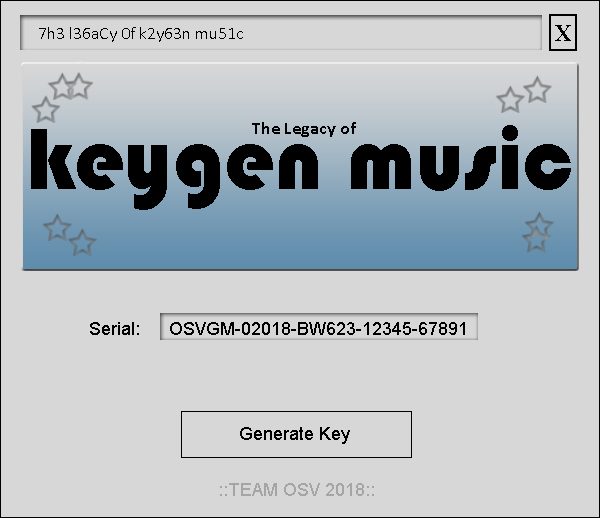
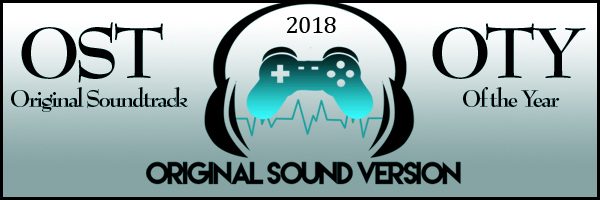
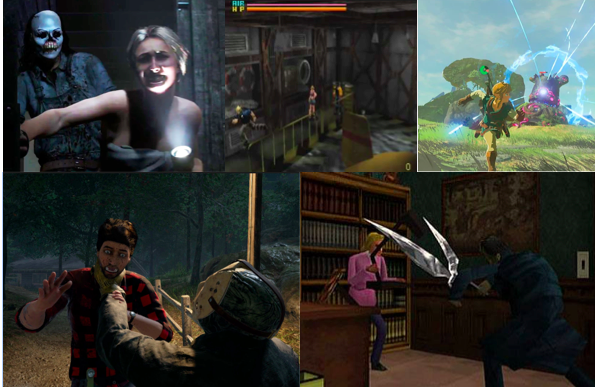
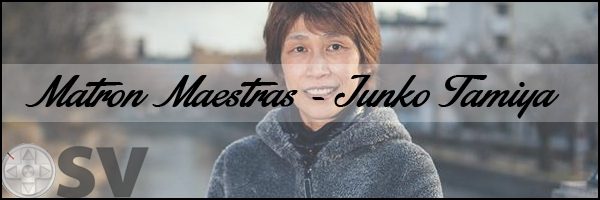
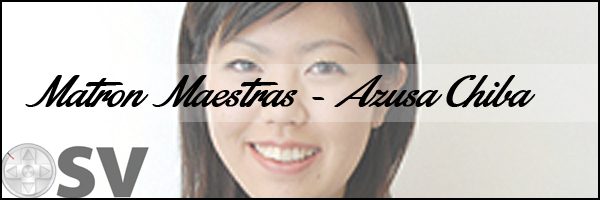
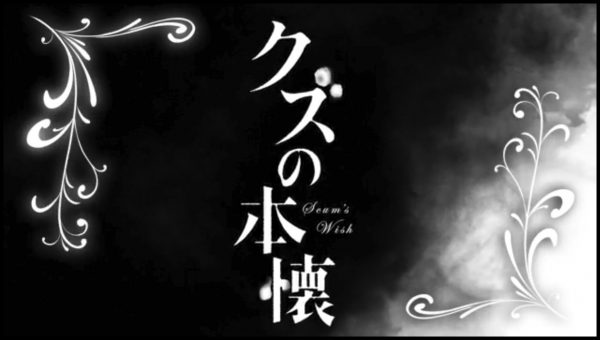


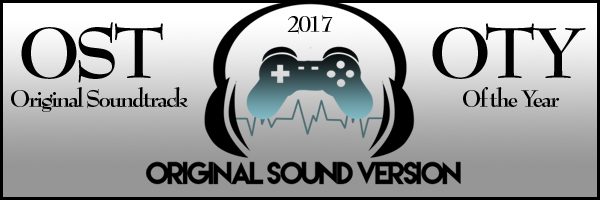
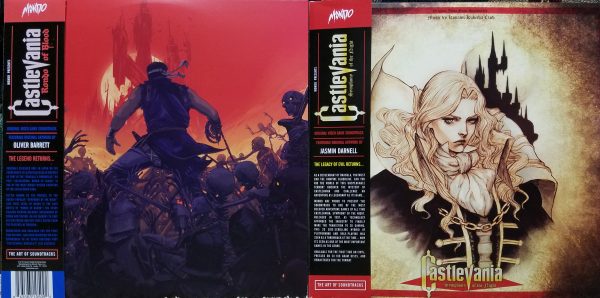
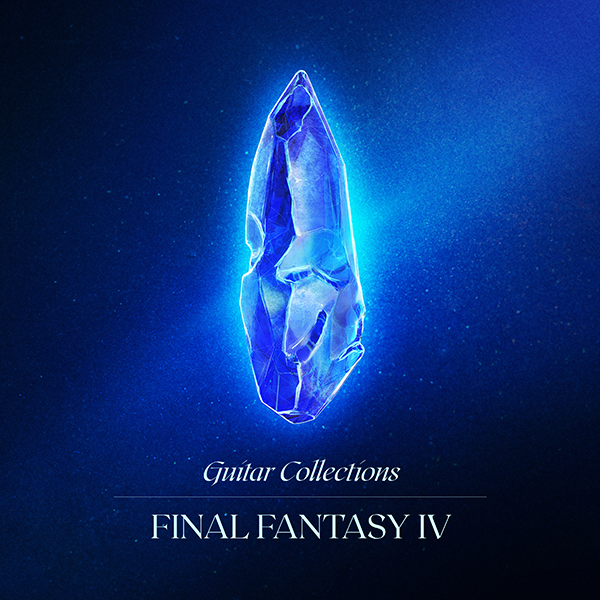
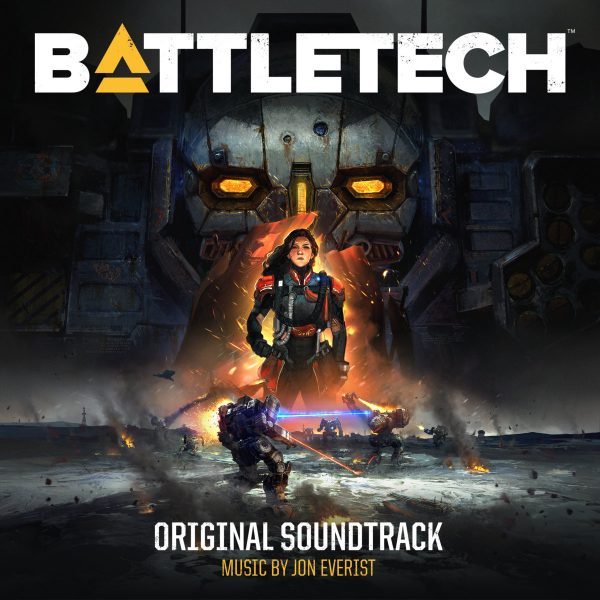
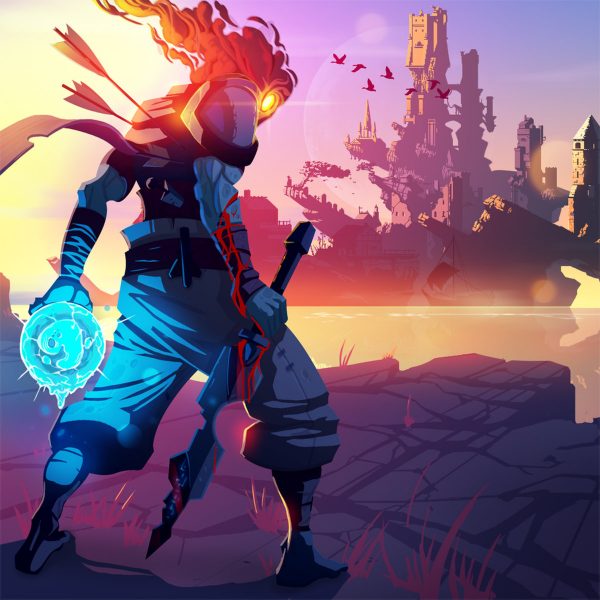

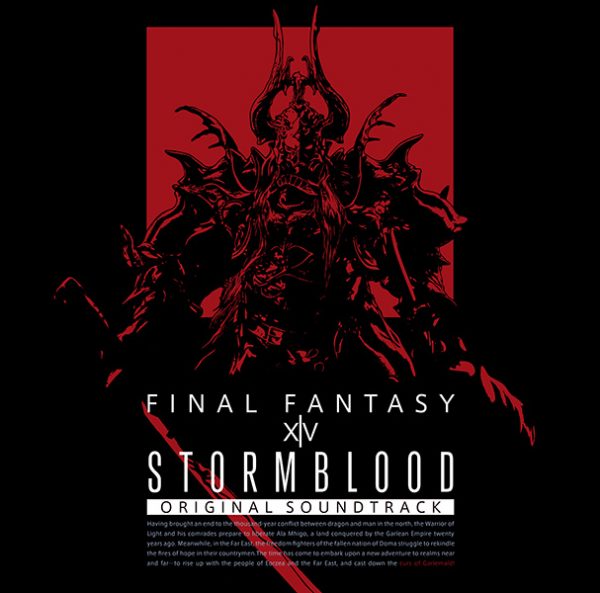
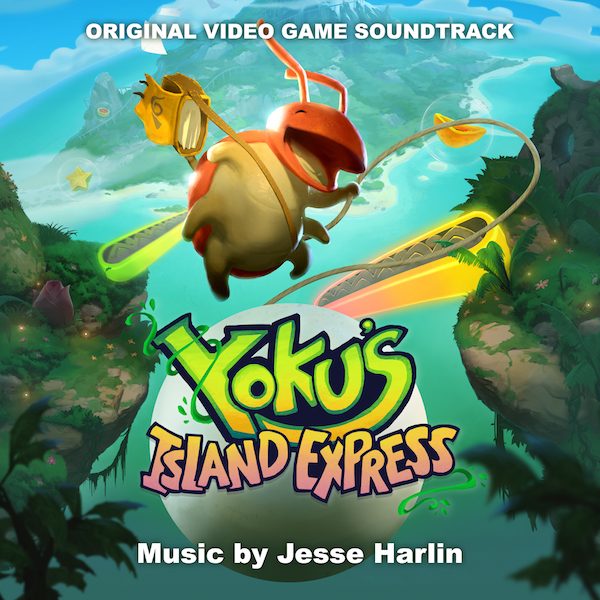
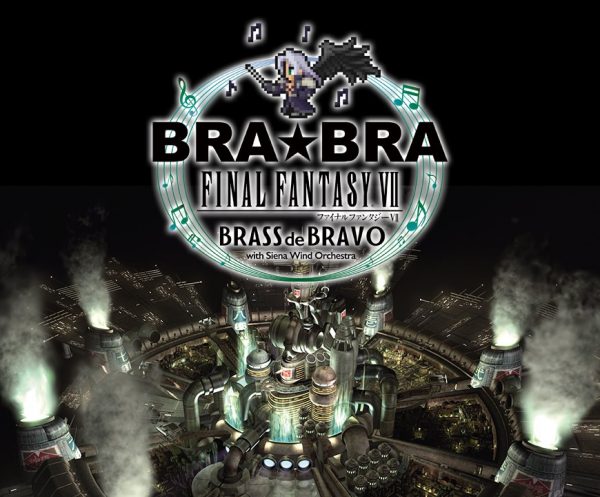
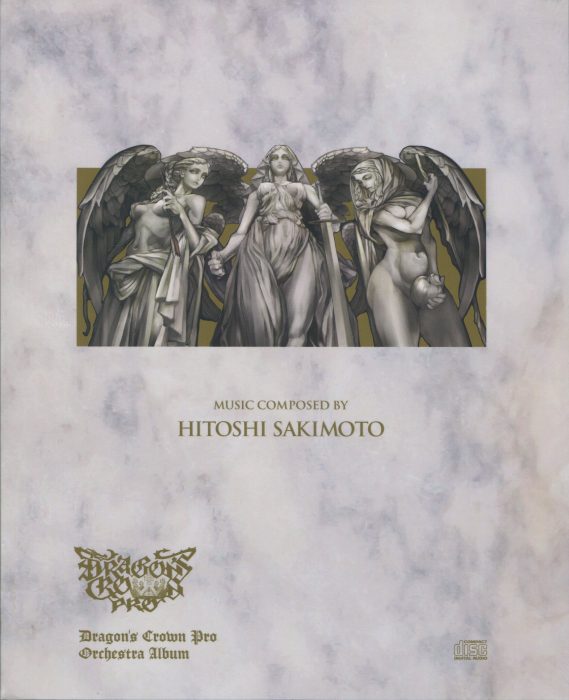
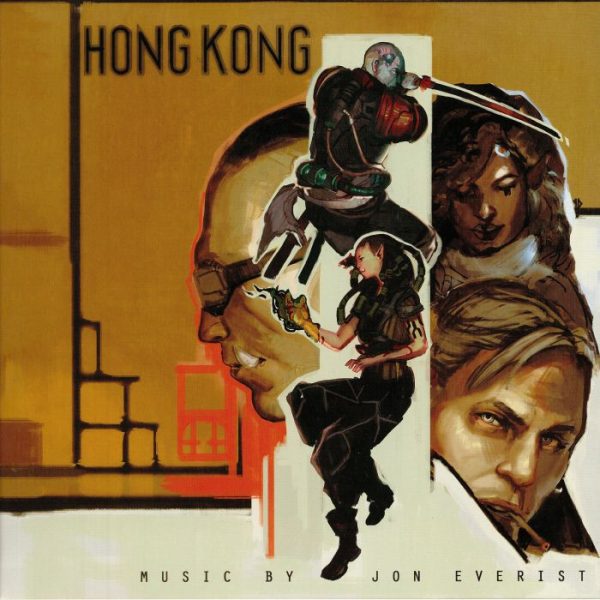
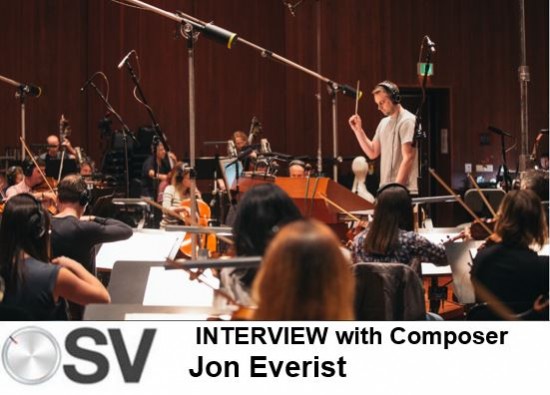
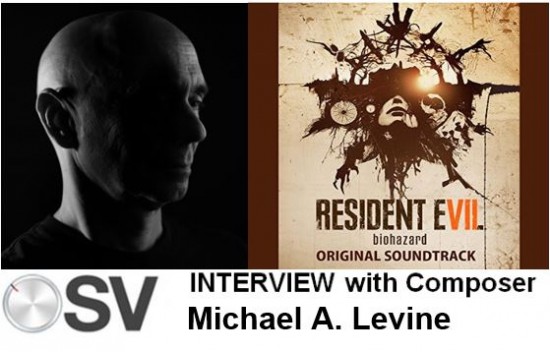
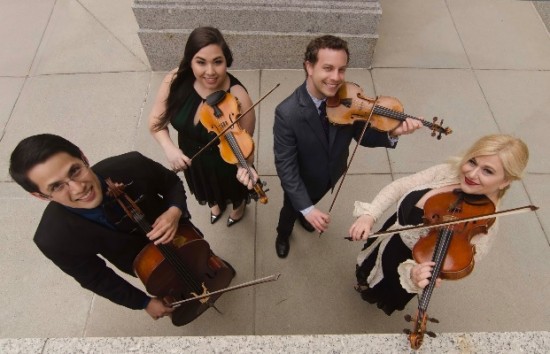
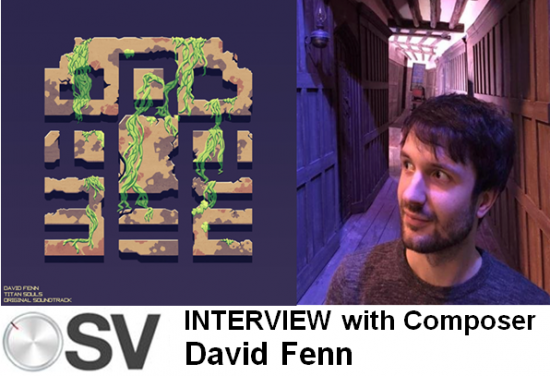
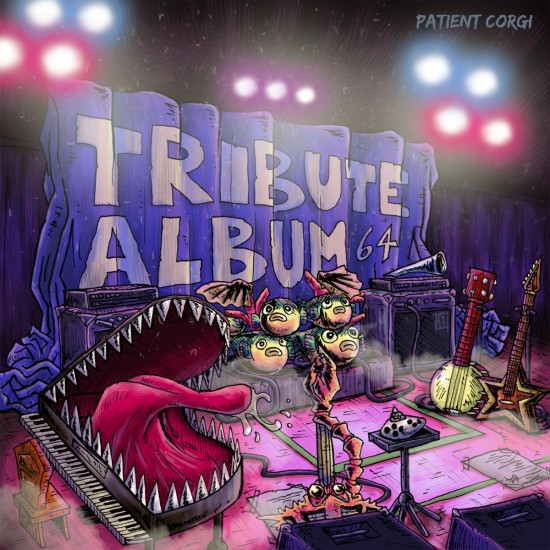
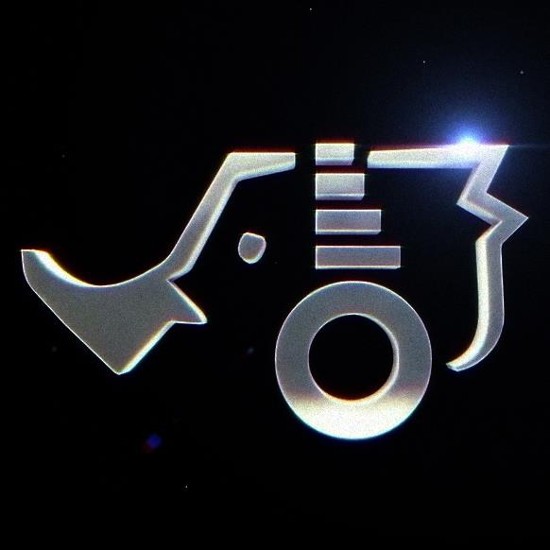
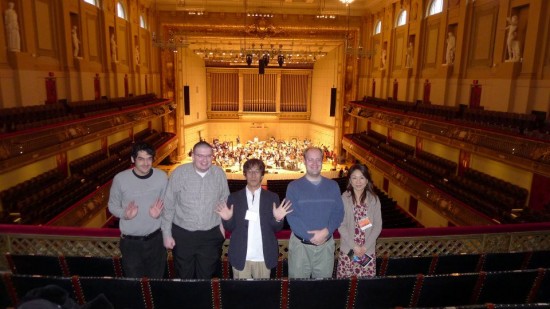
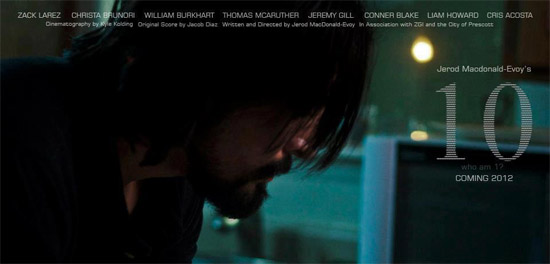
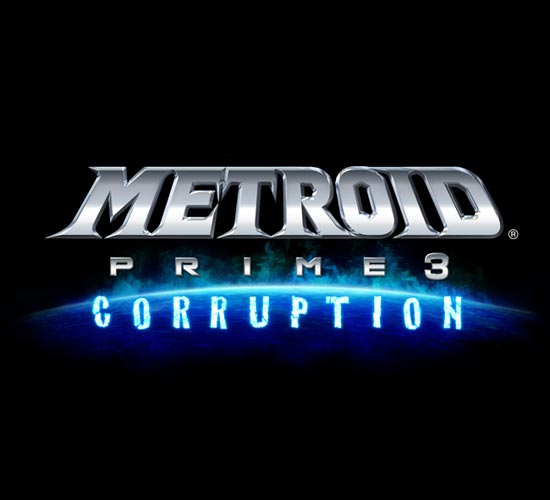


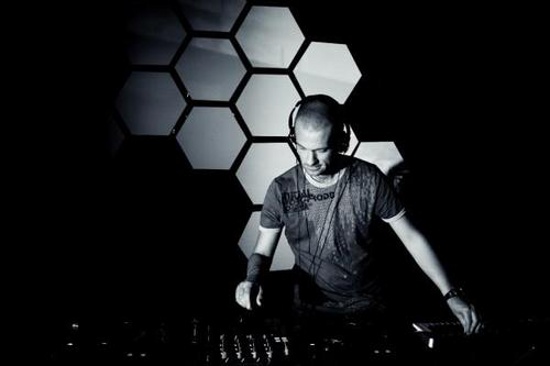

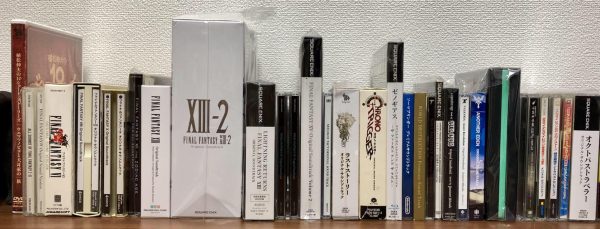
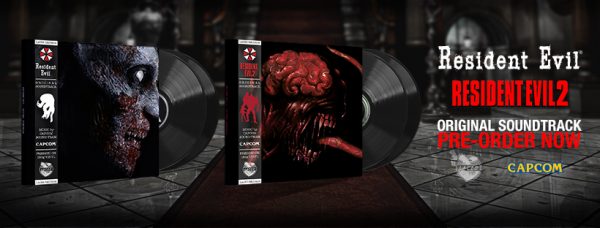
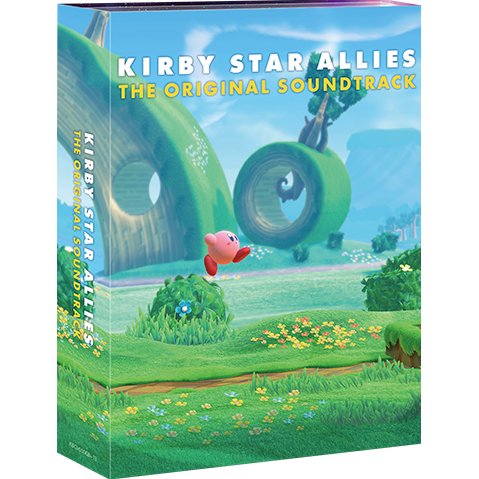
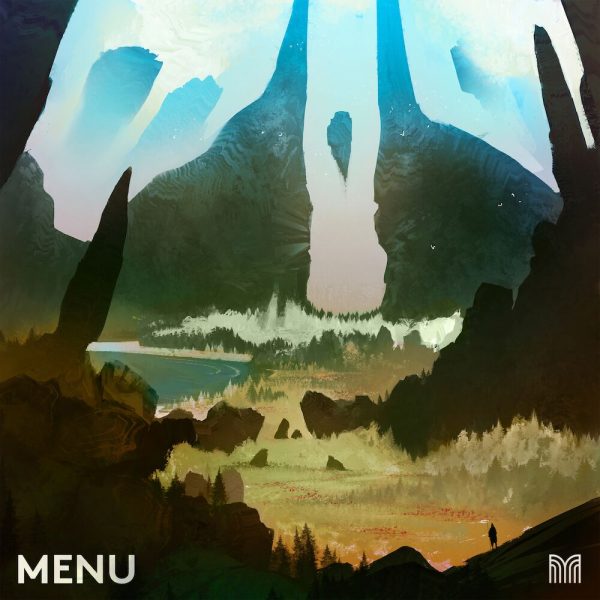
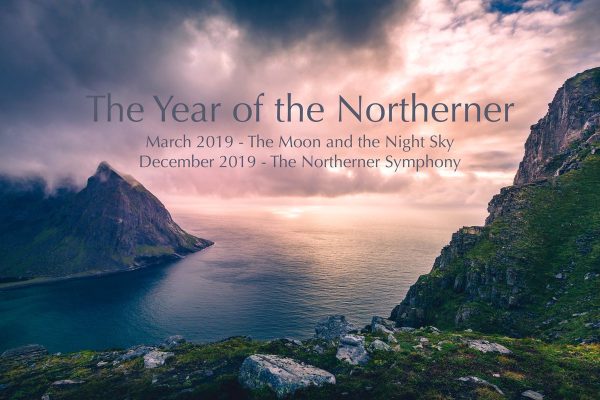
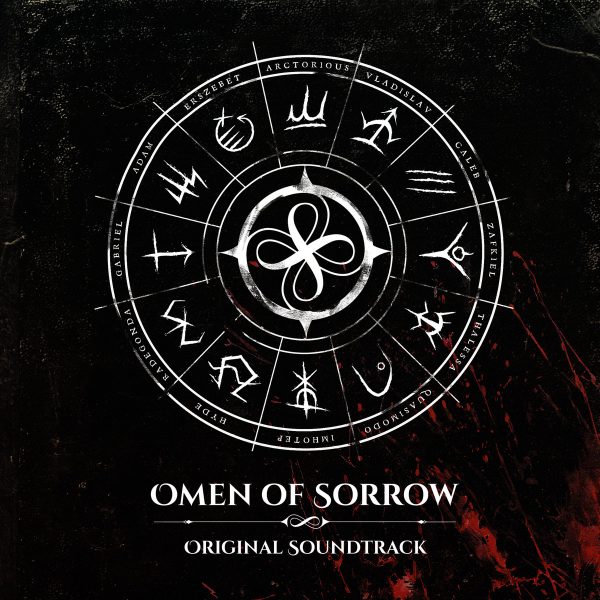
Great interview! Solar Fields is amazing, and it’s good to hear that he has multiple remix albums and a new album coming soon. This guy is a beast. He puts out like 3 albums a year.
I would have liked to know if he ever plans on doing an album with more uptempo stuff like Mirror’s Edge again, or if he’s been approached about Mirror’s Edge 2 or any other major games. I’d also like to know if he enjoys video games, video game music, or has any favorite video game composers.